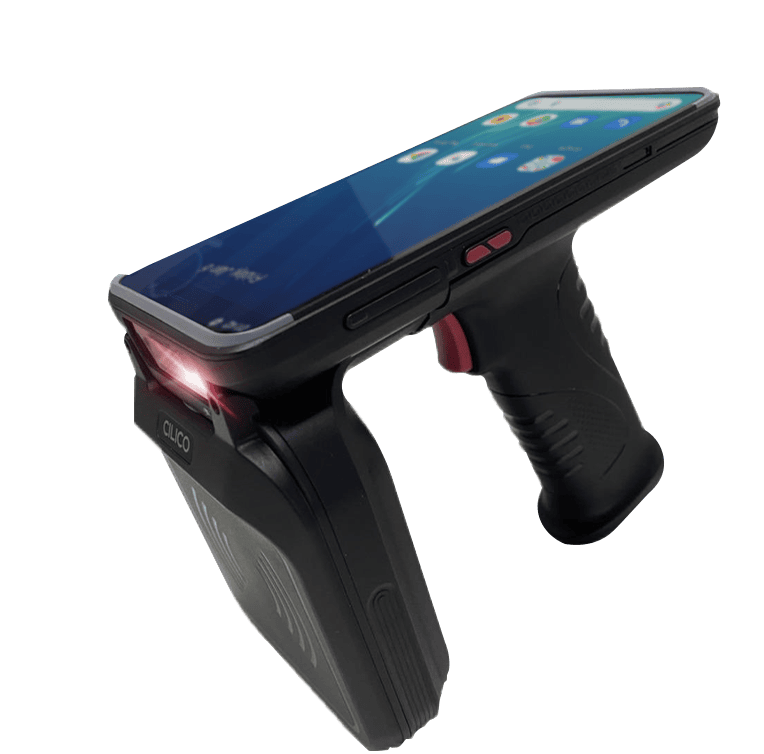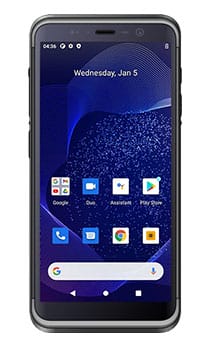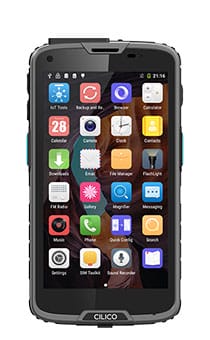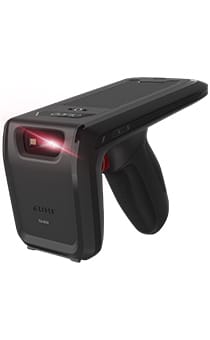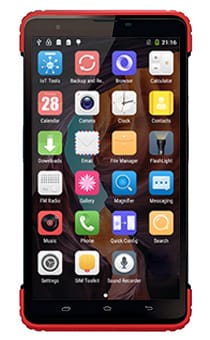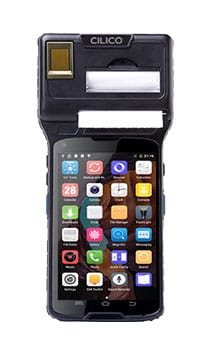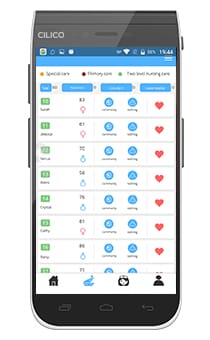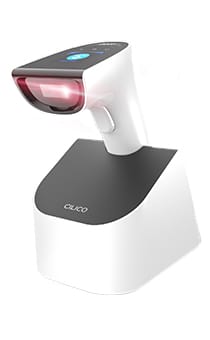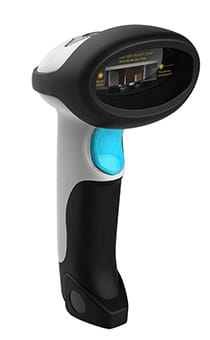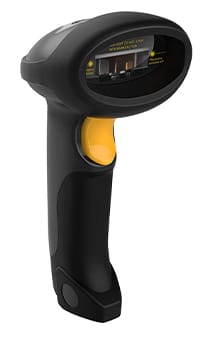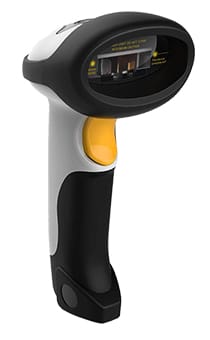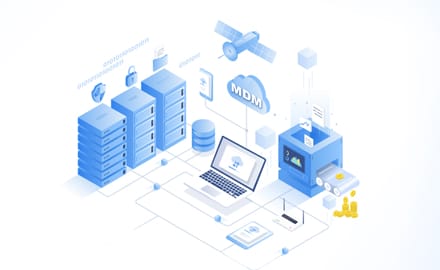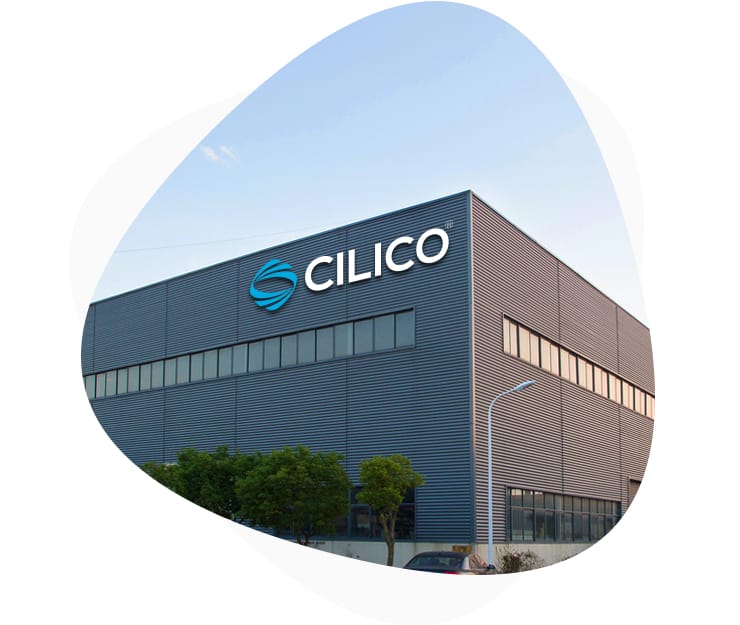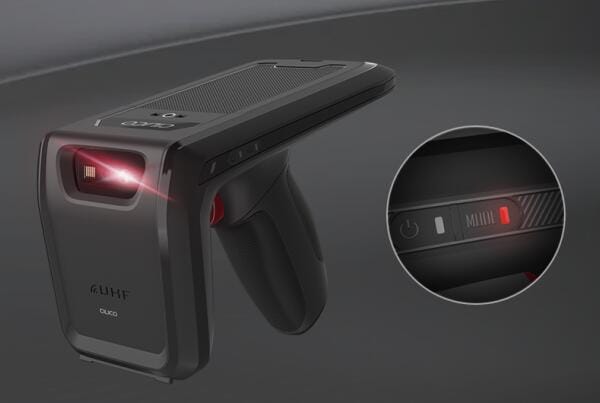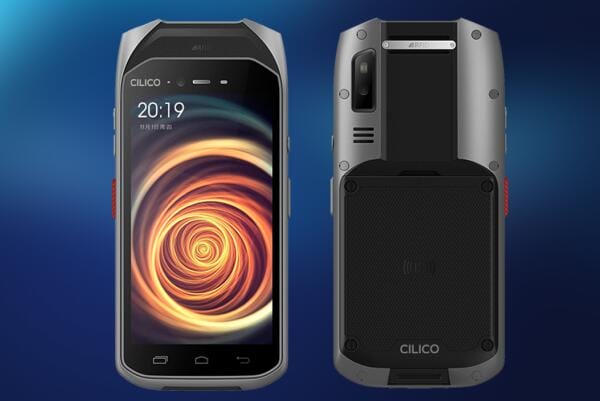- May 20,2022
- Tags:
In the past 10 years, the cosmetics industry has achieved explosive growth, broke the traditional sales barriers, and realized the simultaneous sales of cosmetics online and offline, but the traditional cosmetics industry has many inventory management problems, which seriously restricts the development of the industry.
Efficient inventory management is an important factor to ensure the development needs of the cosmetics market. For the problems at this stage in the warehousing of the daily chemical industry, an RFID asset management system solution is required. It uses the RFID smart inventory management system to improve its warehouse management information level, through wireless networks, handheld terminals, electronic tags etc. In accordance with business rules and algorithms, the system programs the management of multiple information, resources, inventories and behaviors in the system, and uses mobile terminals (PDAs) to ensure that the operation tasks can reach the administrator accurately and in a timely manner, reduce the error rate and effectively improve the efficiency of operations.
Cosmetics Inventory Management Problem Analysis
1. There are many types of cosmetics, and it is easy to confuse the records of cargo batch numbers, dates, specifications, etc.
2. The degree of informatization lags behind, and the warehouse management of most small and medium-sized cosmetics manufacturers is still in the artificial stage, with low efficiency and easy to make mistakes.
3. Strict control of inventory is difficult to achieve, cosmetics are affected by seasonal, publicity, trend, brand and other factors, lagging inventory information is often more likely to make enterprises affected by the above factors.
4. The lack of management knowledge of managers, the traditional warehouse management method of relying solely on manual records can no longer meet the market's demand for rapid response to warehouses.
RFID scanner inventory management system's advantages
1. Intelligent inventory management
Through the RFID asset management system for the warehousing goods to define the inventory range and safety inventory, the system's fast information processing speed to help enterprises real-time monitoring of inventory quantity and early warning.
Warehousing goods information is added to the inventory quantity in real time through the system, and the change of the inventory is presented in the form of an image in the system, and the reasonable inventory amount helps the enterprise to speed up the turnover of funds.
2. Powerful and comprehensive data
Manual recording of human beings has been unable to meet the requirements of today's warehouses with huge currency for fast and accurate warehouse operations, and the information management part of the system includes the management of all information in the warehouse such as suppliers, demanders, goods, heads, forklifts, etc., and can define the artificial nature of these confidences through the system maintenance function.
3. First in, first out
Computer access system is adopted. Using a computer management system, according to the time when the items are stored, relying on the software sorted by time, the order of the warehouse can be automatically arranged, so as to achieve "first in, first out". This computer access system can also combine fiddle-first-out and fast-forward and fast-out to speed up turnover and reduce labor consumption.
4. RFID handheld CM900
Asset management system adopts mobile terminal through the binding of IP address to achieve professional version of the background data sharing, real-time update for demand and task dynamics, and PDA side of the collaborative operation. It can be flexibly moved anytime and anywhere, effectively improving the efficiency of warehouse management and the accuracy of management.
Handheld rfid scanner can meet the following functions
1. Warehousing: Carry out the goods warehousing action according to the warehousing instructions, complete the work and feedback the results to the system through the mobile terminal.
2. Outbound: Scan and remove goods from the shelves according to the outbound task list.
3. Transfer: According to the transfer task list, the same state and different states between the library area and the library location are transferred.
4. Return: After confirming with the recipient, return the database to the handover and exit the library.
5. Inventory: According to the inventory task list, the goods in the corresponding warehouse area and warehouse are scanned and counted.
6. Query: Query the location of the goods according to the goods number or query the name number of the goods according to the warehouse area and the warehouse location information.
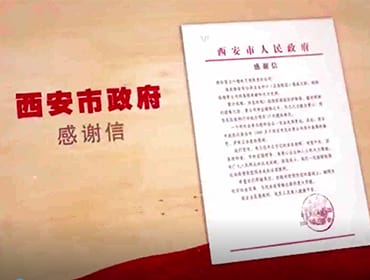
C6T temperature measurement use case video

